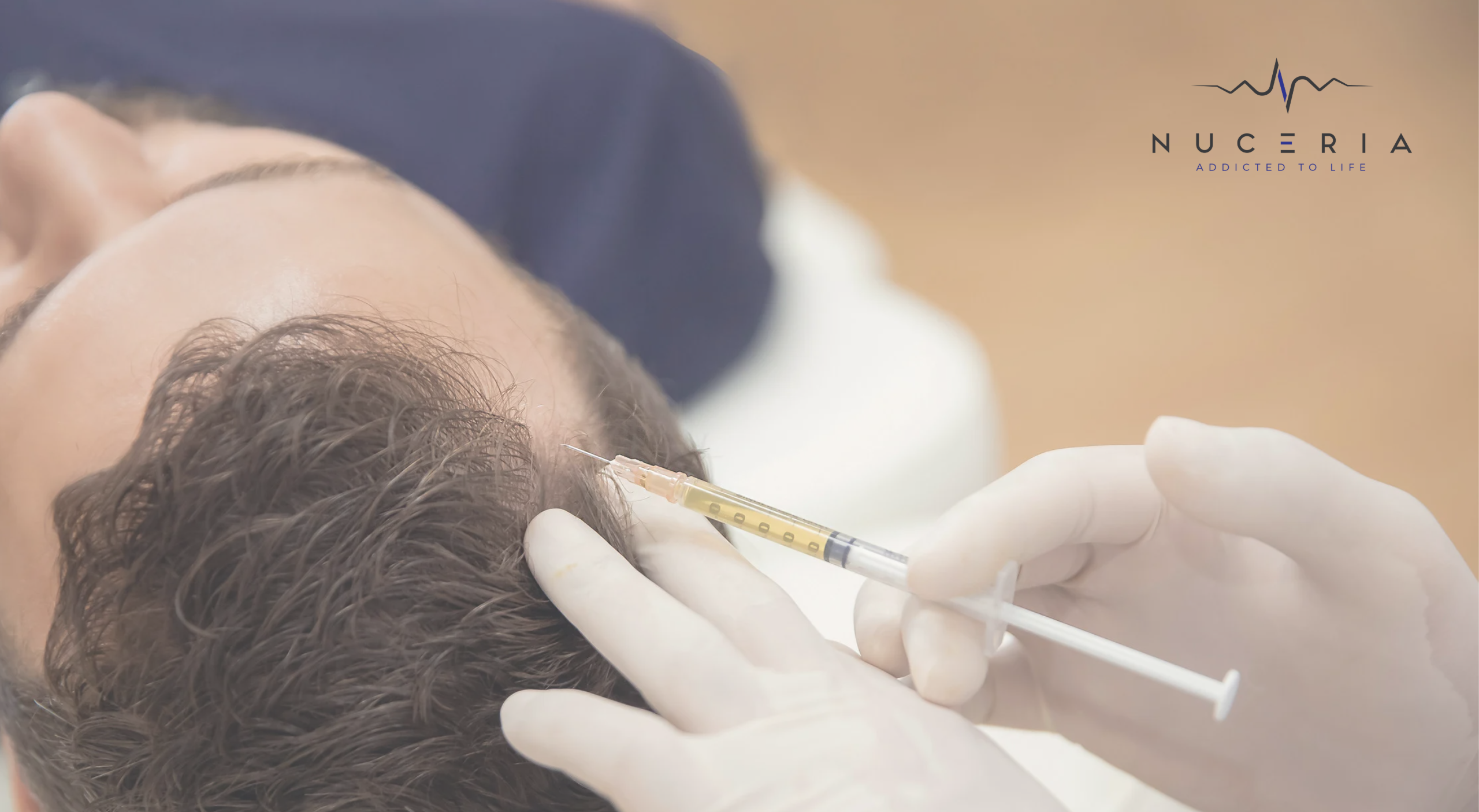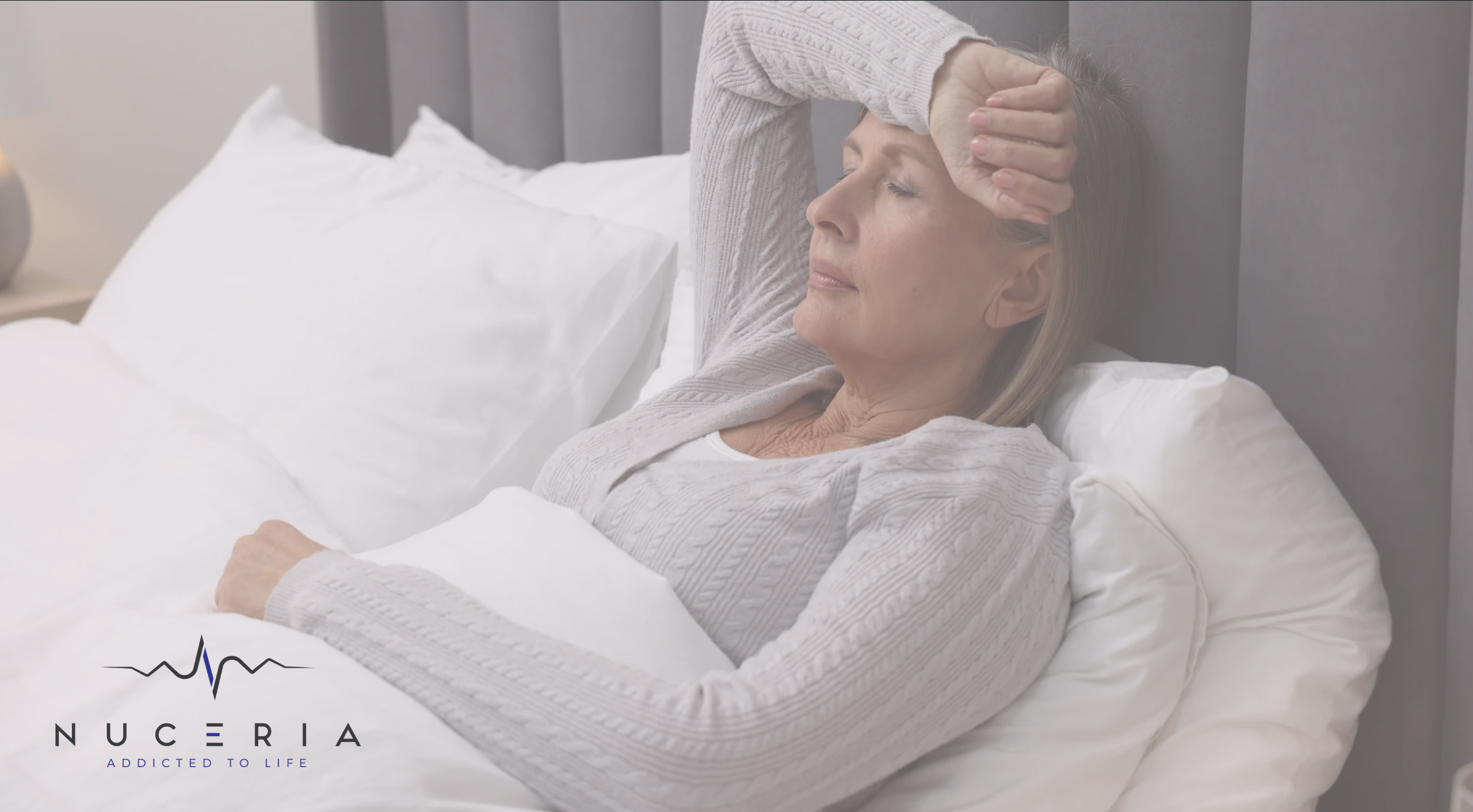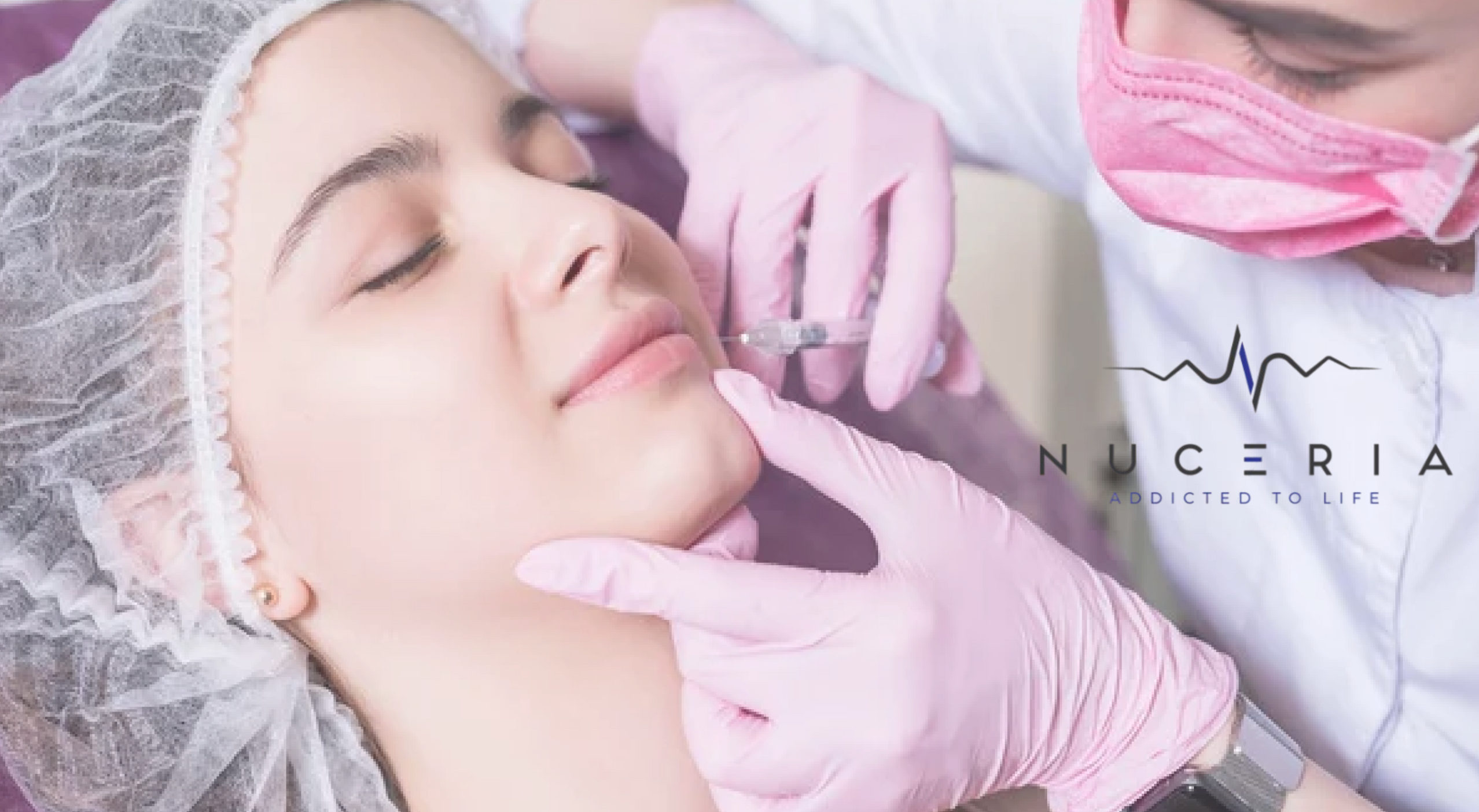Combat Hair Loss Naturally with PRP Therapy
Around 85% of men and 33% of women will face hair loss at some point in their lives. This issue is more common than many realize. Male pattern baldness, or androgenetic alopecia, accounts for approximately 95% of hair loss cases in men. Over 65% of American men will experience some degree of hair loss by the age of thirty-five, and by fifty, around 85% will show signs of thinning hair.
One innovative treatment gaining popularity is Platelet-Rich Plasma (PRP) therapy. This natural and effective solution utilizes the body's own healing mechanisms to combat hair thinning and promote regrowth. In this blog, we'll explore what PRP is, how it works, and why it might be the right choice for you.
What is Platelet-Rich Plasma (PRP)?
Platelet-rich plasma, or PRP, is a concentration of platelets derived from your blood. Platelets are rich in growth factors that help stimulate cell regeneration and tissue repair. The process involves:
-
Drawing a small amount of blood.
-
Spinning it in a centrifuge to separate the platelets.
-
Injecting the concentrated plasma into the scalp, where hair loss is evident.
How Does PRP Work for Hair Loss?
PRP therapy leverages the body's natural healing processes. When injected into the scalp, the platelets release growth factors that stimulate hair follicles, promoting the growth of new hair and strengthening existing hair. This can lead to thicker, fuller hair over time. The treatment is minimally invasive and involves little to no downtime, making it an attractive option for those looking to combat hair loss.
The PRP Procedure
-
Blood Draw: You take a small sample of blood from the arm.
-
Centrifugation: Place the blood sample in a centrifuge, which spins at high speeds to separate the platelets from other blood components.
-
PRP Extraction: The concentrated platelets are collected and prepared for injection.
-
Scalp Injections: Using a fine needle, inject the PRP into the scalp areas experiencing hair loss.
Pre-Treatment Preparation
Proper preparation is essential for achieving the best results from PRP therapy. Here are some steps to follow before your treatment:
-
Consultation: Consult a qualified healthcare provider to discuss your medical history, current medications, and hair loss condition.
-
Avoid Anti-Inflammatory Medications: Stop taking anti-inflammatory medications, such as ibuprofen or aspirin, at least a week before the treatment. These can interfere with the platelet function.
-
Hydration: Drink plenty of water the day before and the day of your treatment. Hydrated plasma is more straightforward to extract and inject.
-
No Smoking or Alcohol: Avoid smoking and alcohol for at least three days before the procedure, as they can affect the healing process.
-
Clean Scalp: Wash your hair thoroughly on the day of the treatment, ensuring your scalp is clean and free of any hair products or oils.
-
Healthy Diet: Maintain a healthy diet rich in vitamins and minerals to support overall hair health.
Benefits of PRP for Hair Loss
One of the main advantages of PRP therapy is that it uses your blood, minimizing the risk of allergic reactions or side effects. PRP treatments are quick, usually take about an hour, and require no downtime. Most patients notice an improvement in hair thickness and density within a few months of treatment.
Why Choose PRP?
- Natural and Safe: PRP uses your blood, so it is a natural treatment with minimal risk.
-
Effective: Many patients experience significant improvement in hair growth and thickness.
-
Non-Surgical: PRP is a minimally invasive procedure that doesn't require surgery or a lengthy recovery period.
-
Quick and Convenient: Each session takes about an hour, making it easy to fit into a busy schedule.
What to Expect During and After Treatment
You might feel mild discomfort from the injections during the PRP treatment, but most patients find the procedure tolerable. After the treatment, it's normal to experience some redness and swelling in the treated area, which usually subsides within a few hours. Experts typically recommend spacing several sessions a few weeks apart for the best results.
How Many Sessions Are Necessary?
You typically need an initial series of three to six PRP sessions spaced four to six weeks apart to achieve the best results. Maintenance treatments are recommended every four to six months after the initial series to sustain the results. Your healthcare provider will tailor a treatment plan specific to your needs based on your hair loss condition and response to the therapy.
Post-Treatment Care
- Avoid washing your hair for at least 24 hours post-treatment.
-
Refrain from using hair products or undergoing other scalp treatments for a few days.
-
Follow your physician's recommendations for any additional aftercare.
Is PRP Right for You?
PRP therapy can effectively treat individuals experiencing hair thinning or early-stage hair loss. It is essential to consult with a qualified healthcare provider to determine if PRP suits your specific condition and to discuss any potential risks or contraindications.
Conclusion
Platelet-rich plasma (PRP) therapy is a promising and natural option for combatting hair loss and stimulating hair regrowth. By utilizing the body's growth factors, PRP offers a safe, effective, and convenient solution. If you're struggling with hair loss and looking for a non-surgical treatment, PRP might be the answer you've been searching for.
By understanding the benefits and process of PRP therapy, you can make an informed decision about your hair restoration journey. Don't let hair loss hold you back—explore the potential of PRP and take a step towards fuller, healthier hair today.
Request an appointment here: https://mynuceria.com or call Nuceria Health at (305) 398-4370 for an appointment in our Miami office.
Check out what others are saying about our services on Yelp: Wellness Center in Miami, FL.







